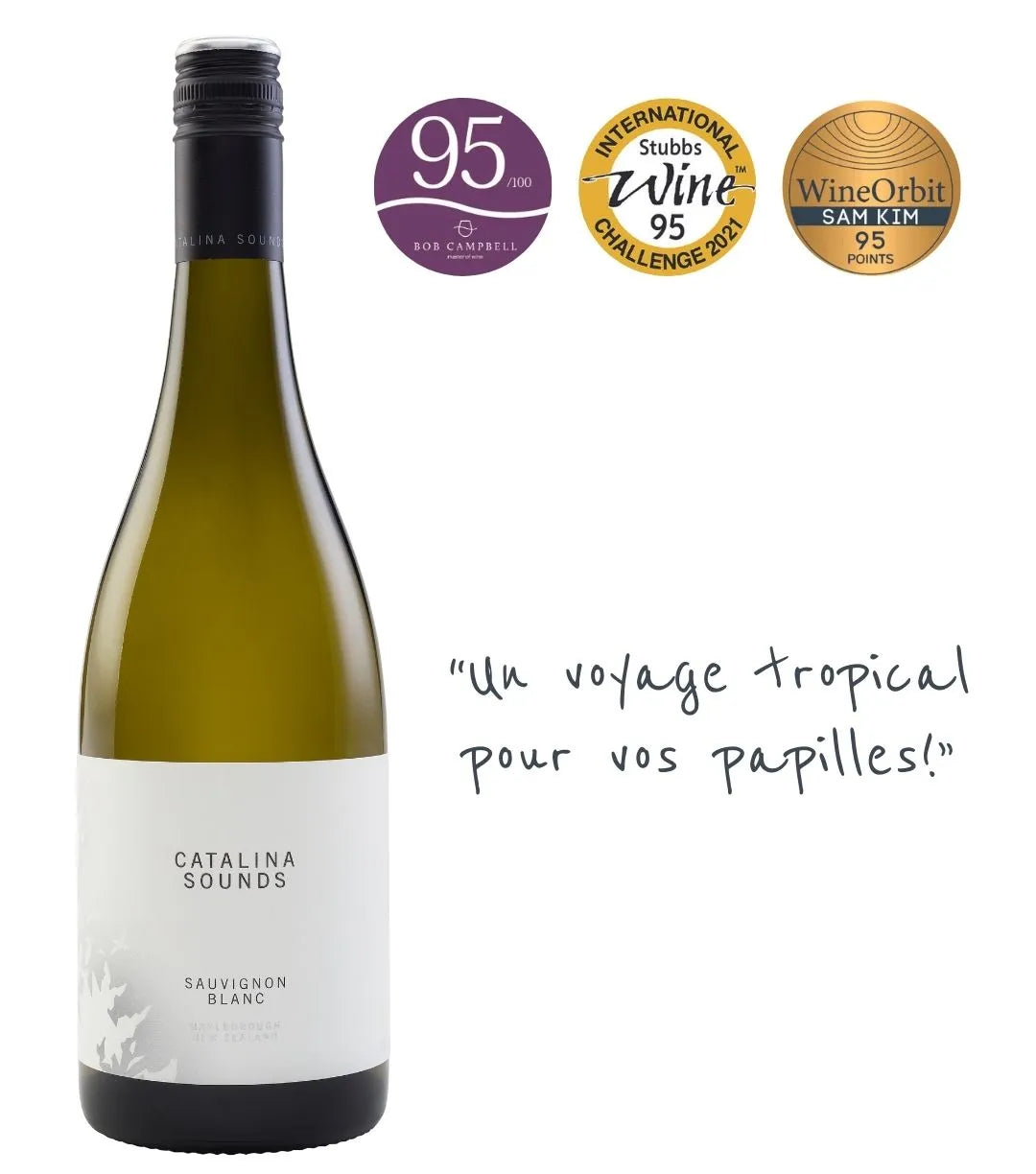Guide to Wine and Champagne Bottle Sizes: From Mignonnette to Melchizedek
You have surely come across wine bottles of various sizes, but do you really know their names and specificities? Whether to impress your guests or choose the right format for an event, here is everything you need to know about wine and champagne bottle sizes.
Why Do Wine Bottles Come in Different Sizes?
Bottle formats are not just a matter of aesthetics. The larger the bottle, the more slowly the wine evolves, allowing for better preservation and optimal aging. The Magnum bottle and larger containers are particularly appreciated for grand crus and champagnes, offering a unique tasting experience.
Wine and Champagne Bottle Sizes
Here is a summary of the most common sizes:
Classic Formats
- Half-bottle (37.5 cl): Ideal for solo tasting.
- Standard bottle (75 cl): The traditional format for wine and champagne. Its size is generally 30 cm with a diameter of 8 cm (up to 37.5 cm in height for the Alsace flute).
- Magnum (1.5 L): The equivalent of two bottles, perfect for special occasions.
Impressive Formats
Bordeaux Classification (used for still wines):
- Double Magnum (3 L): Four standard bottles in one.
- Jeroboam (5 L): A large capacity for fans of aging wines.
- Imperial (6 L): Reserved for very grand crus.
- Melchior (18 L): The king format, containing 24 bottles of wine!
Champagne Classification (and Burgundy wines):
- Jeroboam (3 L): The festive format par excellence.
- Rehoboam (4.5 L): Rare, but impressive.
- Methuselah (6 L): Ideal for grand celebrations.
- Salmanazar (9 L): Enough to serve a good table.
- Balthazar (12 L): The pinnacle of prestige.
- Nebuchadnezzar (15 L): One of the largest accessible formats.
- Solomon (18 L): A prestigious format, often used for exceptional events.
- Melchizedek (30 L): The largest known format, equivalent to 40 standard bottles!
Small Formats
In addition to classic classifications, some wine and champagne bottles have specific formats unique to certain regions:
- Mignonnette (5 cl): Very small bottle used for samples or gifts.
- Piccola or Quarter (20 cl): Format often used for individual portions of champagne, notably served on airplanes.
- Pot Lyonnais (46 cl): Traditionally used for table wine in Lyon's "bouchons" (traditional restaurants).
- Clavelin (62 cl): Exclusive to Jura's yellow wines, designed to contain the wine after six years and 3 months of aging under a veil.
International Bottle Formats:
- In Italy, the same appellations as the Bordeaux classification are found, particularly for the great wines of Piedmont and Tuscany.
- In Spain, the large formats of Rioja and Cava follow a nomenclature close to French classifications.
- In the United States, Magnums and Double Magnums are common, particularly in California where they are prized for aging wines.
- In South Africa and Australia, large formats are mainly used for long-maturing red wines.
Which Size to Choose According to the Occasion?
- A dinner for two? Opt for a classic bottle or a Magnum if you want a well-evolved wine.
- A wedding or a big party? Formats like the Jeroboam or the Methuselah are perfect for making a statement.
- An exceptional cellar? Imperials, Melchiors, and Solomons allow for prolonged and optimal aging.
Summary Table of Bottle Formats







